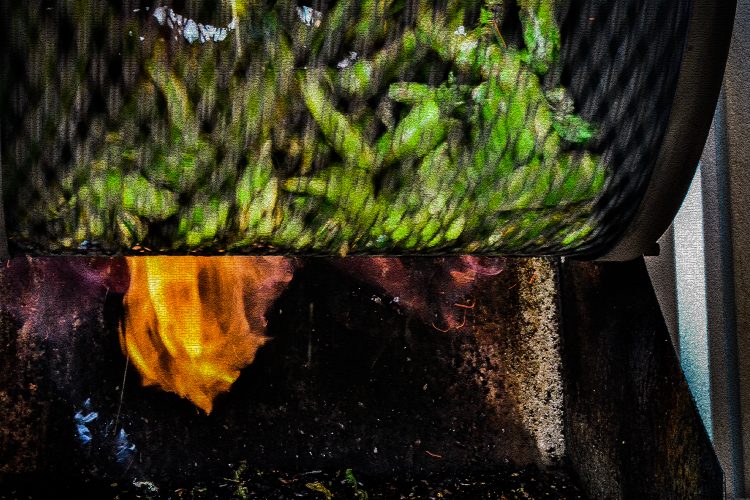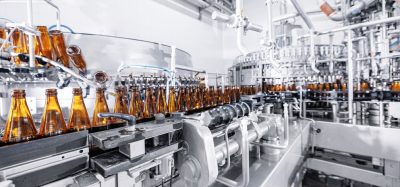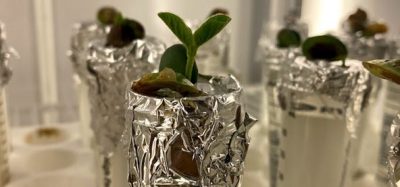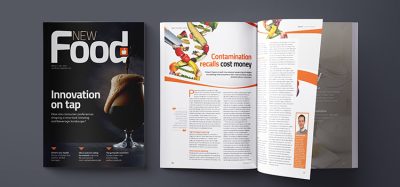Making green chile roasting…greener
- Like
- Digg
- Del
- Tumblr
- VKontakte
- Buffer
- Love This
- Odnoklassniki
- Meneame
- Blogger
- Amazon
- Yahoo Mail
- Gmail
- AOL
- Newsvine
- HackerNews
- Evernote
- MySpace
- Mail.ru
- Viadeo
- Line
- Comments
- Yummly
- SMS
- Viber
- Telegram
- Subscribe
- Skype
- Facebook Messenger
- Kakao
- LiveJournal
- Yammer
- Edgar
- Fintel
- Mix
- Instapaper
- Copy Link
Posted: 7 July 2022 | New Food | No comments yet
A researcher at a laboratory in New Mexico thinks he may have found a way to roast one of the most important foods in the state’s cuisine without emitting carbon dioxide.


The traditional roasting process can emit a lot of carbon dioxide
The green chile pepper is an important part of New Mexico cuisine, but the preparation process to turn this plant into an important ingredient is not always particularly climate-friendly. But scientists at Sandia National Laboratories of Albuquerque, New Mexico, are looking to change that.
This staple of regional cuisine is green in colour, but roasting the chile pepper to deepen the flavour and make the inedible skin easier to remove is hardly environmentally friendly. In New Mexico alone, the researchers claim that burning propane to roast the peppers leads to a seasonal emission of approximately 7,800 metric tons of carbon dioxide — the equivalent of driving 1,700 cars for a year.
Sandia National Laboratories engineer Kenneth Armijo, who grew up on a chile farm in Sabinal, located between Albuquerque and Socorro, New Mexico, thought there was a “greener” way to roast green chile using the sun.
“The principle behind this research was to see if high-temperature food roasting, not just peppers, could be done with solar and produce comparable results as traditional propane roasting, and the answer is yes,” Armijo said.
“We used green chile to showcase the culture of New Mexico. Combining the state-of the-art facilities and research at Sandia National Labs with the culture, food and people of New Mexico is just so special. What other national lab in the world would have done this?”
In his day job, Armijo uses the power of the sun at Sandia’s National Solar Thermal Test Facility to explore new ways to capture the sun’s power for electricity and industrial process heat.
With the assistance of several Sandia engineers, technologists and interns, Armijo got a traditional steel-drum tumbling chile roaster to the top of the 200-foot tower at Sandia’s National Solar Thermal Test Facility and protected the rotor mechanism from the intense solar heat.
Using 38 to 42 of the 212 heliostats — mirror-like devices used to focus sunlight — at the test facility, Armijo was able to achieve a temperature above 900 degrees Fahrenheit uniformly across the roasting drum, he said. This is comparable to the temperature of a traditional propane chile roaster.
He used concentrated solar power to roast three batches of 22lbs of green chile, two that had been washed immediately prior to roasting, and one that was dry roasted. The washed chiles took slightly longer to roast than the dry chile, but the amount of charring was more uniform, and the flavor profile was preferred by green chile connoisseurs, Armijo said.
Afterward, Armijo’s team returned the chile roaster to the ground, and roasted three more batches of green chile using traditional propane. Propane was slightly faster, taking four minutes to roast washed chiles, compared to six minutes for the fastest solar chile roast. With further experimentation, and using more heliostats, Armijo thinks they can roast chile even faster than with propane, but claimed he didn’t want to scorch the chile during his first experiments.
“With the solar roasting we were actually able to achieve a more uniform distribution of heat,” Armijo said. “With propane roasting, you just get heat right where the burners are, but all the chile piled on top isn’t really getting heated as efficiently. We saw with our infrared cameras that with solar, it’s more uniform. In essence, the heat is reaching all the chile in the front of the roaster. In practice, this has a lot of potential for roasting chile more quickly, with better quality, as well as greener.”
For each of the traditional propane roasts, Armijo recorded the amount of propane used to roast 22 pounds of green chile and found that switching from propane to solar power would reduce greenhouse gas emissions by 2.68 pounds per 22lbs of green chile roasted. If the whole state of New Mexico switched to solar chile roasting, Armijo claimed the net result would be the equivalent of planting 130,000 tree seedlings and letting them grow for 10 years — annually.
There’s hope that in the future, this technique could be applied to other foodstuffs that require roasting, including almonds and coffee.
Related topics
Flavours & colours, Processing, Research & development, Sustainability, Technology & Innovation









